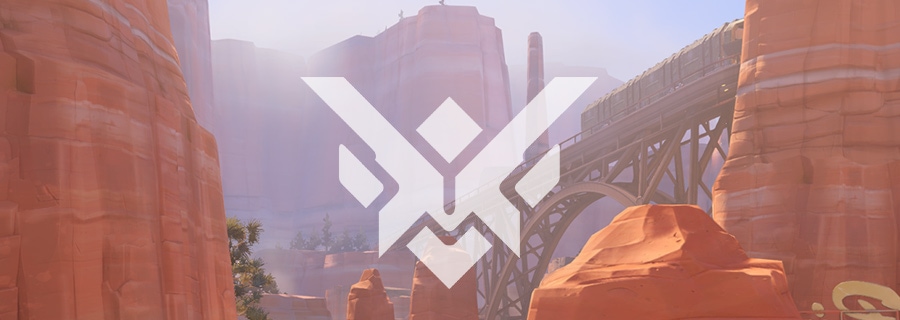
Once again, it’s time to put your Overwatch skills to the test—the second season of Competitive Play starts today! Before you get started on your placement matches, we wanted to give you the rundown on some of the updates we’ve made since the end of season.

For season 2, we’ve retooled the skill rating system. Instead of measuring player ratings on a 100-point scale, skill ratings will now range from 1 to 5000. This expanded scale should give players more detail about how their skill rating changes on a game-by-game basis.
We’re also implementing skill rating decay. Now, players with a skill rating above 3000 will need to stay active in order to maintain their status. If they aren’t able to complete at least one competitive match every 7 days, they will lose 50 points from their skill rating for every 24 hours they’re out of the action. The decline will stop once the player completes a competitive match, and their skill rating won’t drop below 3000.


In season 1, skill rating became a central part of nearly every conversation about Competitive Play. Because skill rating was the only gauge players had for their relative performance, and because the number constantly fluctuated throughout the season, changes in value could be frustrating. We didn't intend for competitive players to focus on that one number, and so this season, we’re introducing seven discrete skill tiers. Depending on their skill rating, players will fall into one of these tiers, but climbing into the next tier is possible as you improve.
Here’s the breakdown:

Each tier has a unique icon that will be displayed next to a player’s name, so you’ll be able to size up your competition at a glance. A detailed breakdown of the skill tiers, along with icons and information about the corresponding skill ratings can be found by pressing the “Information” button under the Competitive Play menu.
For most skill tiers, players won’t be moved down at any point during the season after they’ve been promoted into a new tier—even if their skill rating falls below the cutoff. However, players in the Master and Grandmaster tiers need to maintain the minimum skill rating, or they’ll be moved into a lower tier.

In an effort to help provide a fair play environment across all skill levels, we’re implementing grouping restrictions in Competitive Play. In most tiers, players will be unable to group if they have a skill rating difference of more than 1000 from their potential group mates. However, in the Master and Grandmaster tiers, the difference will need to be less than 500, and players who are Diamond-tier or above cannot group with someone who is completing their placement matches.
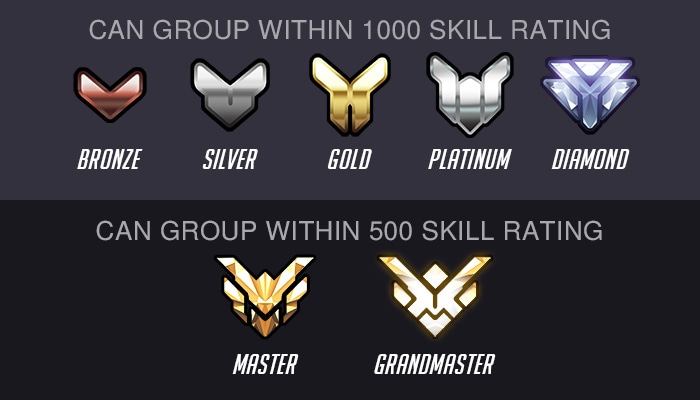

Sudden Death is being removed this season, and we’ve incorporated an improved version of the time bank system that we’ve been using for Overwatch’s Assault maps into our Escort and Assault/Escort maps. If you’re not familiar with the system, here’s how it works.
Throughout the match, the game keeps track of how much time each team has left on the clock. When a competitive match is tied after both teams have played one round on offense and one on defense, a new attack/defend rotation will be played using the time bank system. The amount of time that each team will have for the second round depends on how much time was left on the clock at the end of their previous round.
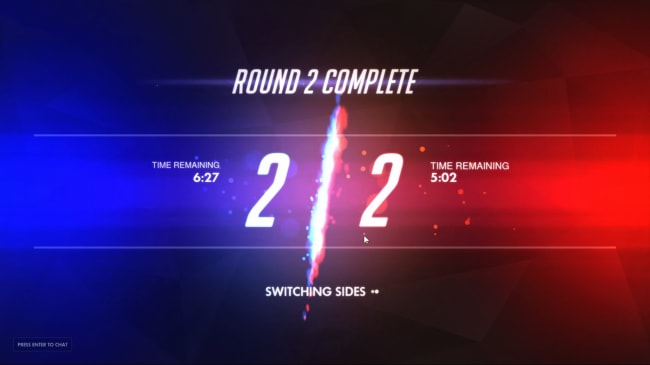
When the second round is initiated, teams with less than 60 seconds remaining will have their time increased to 60 seconds, and an equal amount of time will always be added to the opposing team’s clock. Also, on Assault and Assault/Escort maps, it’s possible for the match to end in a draw if both teams are tied when the clock expires.
The overall round length of each competitive match has also been shortened by 60 seconds, which means players will have less time to capture points and escort payloads in the second season.
If you’d like to know more about the system, you can find a detailed breakdown over on the forums.

We’re also updating our Competitive Point system. In season 2, players will now receive 10 points for winning a game. The cost of Golden Weapons will also be multiplied by 10, meaning that golden weapons will now cost 3,000 Competitive Points instead of 300. This increase allows us to reward players for participating in Competitive Play when the match ends in a draw.
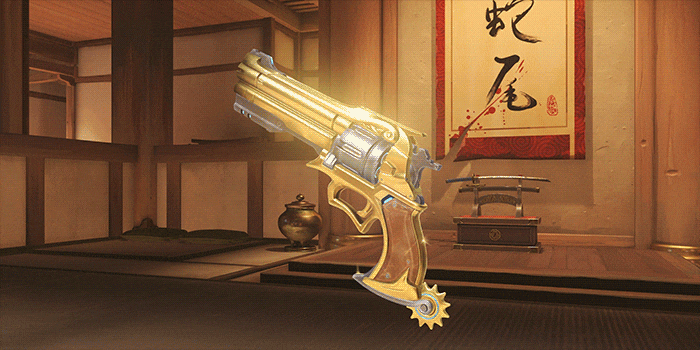
Also, we’re adding a soft cap to the number of Competitive Points that players can accrue. Once a player has collected 6,000 points, they will no longer accumulate points by winning games. They will, however, be granted the end-of-season rewards.


The Top 500 system is also undergoing a little refinement. In season 2, players will need to play at least 50 games to be eligible for a spot in the Top 500, and they’ll also need to remain active throughout the season if they want to hold on to their spot. Anyone who hasn’t played a competitive match within seven days will automatically drop out of the Top 500.
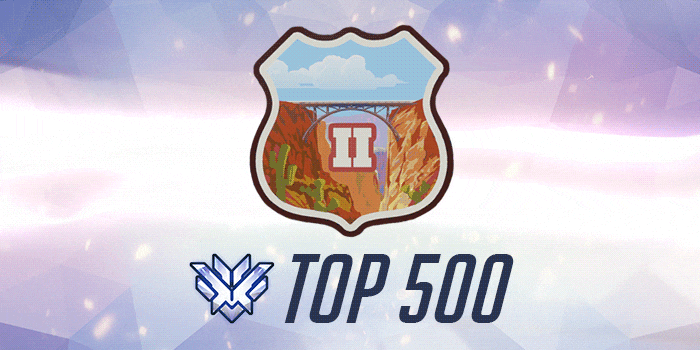

Throughout the first season, one of the biggest pieces of feedback that we received had to do with people leaving during competitive games. Leaving is something that we want to actively discourage, and we’re rethinking the penalties that occur when someone leaves a competitive match.
We recently added a 10-minute penalty for any players who leave an in-progress match, and starting in season 2, players will need to complete more matches without leaving before their account is returned to good standing.
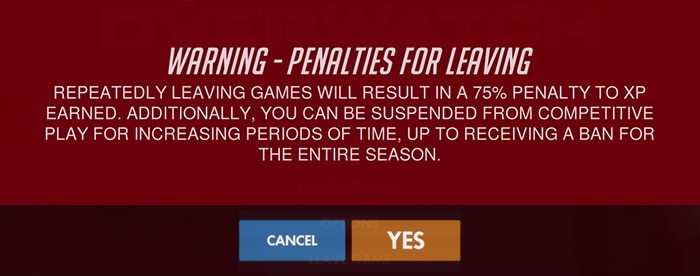

Now that you’re up to speed on the latest changes to Competitive Play, it’s time to put your skills to the test. Season 2 is live right now on PC, Xbox One, and PlayStation 4.
Be sure to follow us on Facebook, Instagram, and Twitter for a steady stream of Overwatch information, and we’ll see you on the battlefield.